In a document recently sent by the Ministry of Agriculture and Rural Development, it is stated that the yellow-backed bamboo locust (and several other bamboo-damaging locust species belonging to the group of swarm locusts) when mature can gather into large swarms and migrate to find food sources and places to lay eggs.
In recent years, the yellow-backed bamboo locust has emerged and caused quite serious damage to both agricultural and forestry crops in China, Laos and Vietnam.
"This is a harmful organism that can move quickly, cause great damage, and is difficult to control," the Ministry of Agriculture and Rural Development emphasized.
The yellow-backed bamboo locust has been causing damage in our country since 2008. They have appeared and caused local damage in mountainous districts of the provinces of Quang Ngai, Nghe An, Thanh Hoa, Son La, Dien Bien, Phu Tho, Bac Kan and Cao Bang; mainly causing damage to forestry trees such as bamboo, reed, rattan, etc.

From 2016-2018, bamboo locusts broke out and damaged an area of nearly 4,000 hectares each year on forestry crops and some agricultural crops (upland rice, corn, tobacco, bananas, cassia...). In 2019-2023, bamboo locusts emerged on a smaller scale than in previous years.
From the beginning of 2024 until now, the average temperature in the Northern Midlands and Mountains is 1-2 degrees Celsius higher than the average of many years. In particular, there are many days of light rain, drizzle, combined with early and intense heat, which is very favorable for bamboo locusts to arise and cause damage.
Currently, bamboo locusts have emerged and caused damage in 11/16 provinces of the Northern Midlands and Mountains, including: Cao Bang, Bac Kan, Dien Bien, Lang Son, Son La, Dien Bien, Tuyen Quang, Hoa Binh, Phu Tho, Thanh Hoa, Nghe An. The area attacked by this pest is up to 1,031 hectares. Of which, Cao Bang is the locality with the largest bamboo locust infestation, up to 773 hectares.
At present, most of the young locusts do not have wings, so prevention will be easy and effective. In the next 10-20 days, the young locusts will turn into adults with wings and fly in swarms, moving quickly, making it difficult to prevent and causing serious damage to many crops if not detected early and controlled promptly, the Ministry warned.
To proactively prevent and minimize damage caused by bamboo locusts in the coming time, the Ministry of Agriculture and Rural Development requests the People's Committees of the provinces to direct the Department of Agriculture and Rural Development and localities, specialized agencies to investigate and detect early locust nests in the area. Then, organize spraying to destroy the locusts while they are still young.
In addition, closely monitor the time of occurrence, scope of damage, direction of movement, locust clustering points... to proactively organize prevention and control, to prevent widespread outbreaks.
Localities, especially districts and communes where bamboo locusts frequently appear, need to proactively develop plans, budget estimates, and prepare adequate conditions for materials and human resources to be ready for prevention work.
Along with that, information and propaganda are provided to guide forest owners and people to check for the presence of bamboo locusts and proactively take timely measures to avoid widespread chemical spraying, which causes waste of chemicals and affects the ecological environment.
The competent agencies under the Ministry of Agriculture and Rural Development must act as focal points to advise, direct and guide localities in implementing technical solutions in preventing and controlling bamboo locusts; urge the inspection, supervision, investigation, detection and prevention of this harmful organism.
Report to the Ministry of Agriculture and Rural Development on the emergence and development of bamboo locusts causing damage to crops and the direction of prevention and control work in provinces and cities.
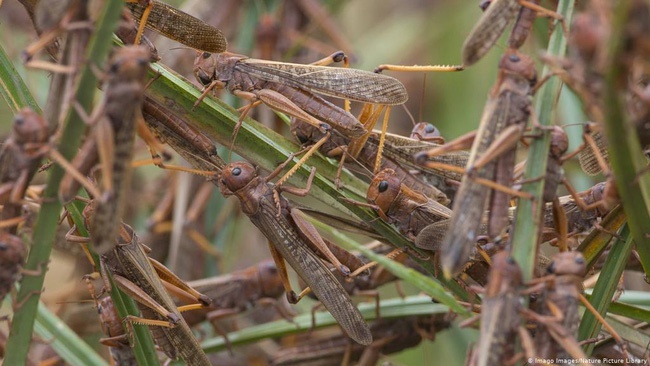
Swarms of yellow-backed bamboo locusts migrated from China and Laos to Vietnam and destroyed 60 hectares of bamboo and corn, but now they have flown back to China.
Source: https://vietnamnet.vn/sinh-vat-gay-hai-tan-cong-cay-nong-nghiep-11-tinh-nhan-chi-dao-khan-2291631.html




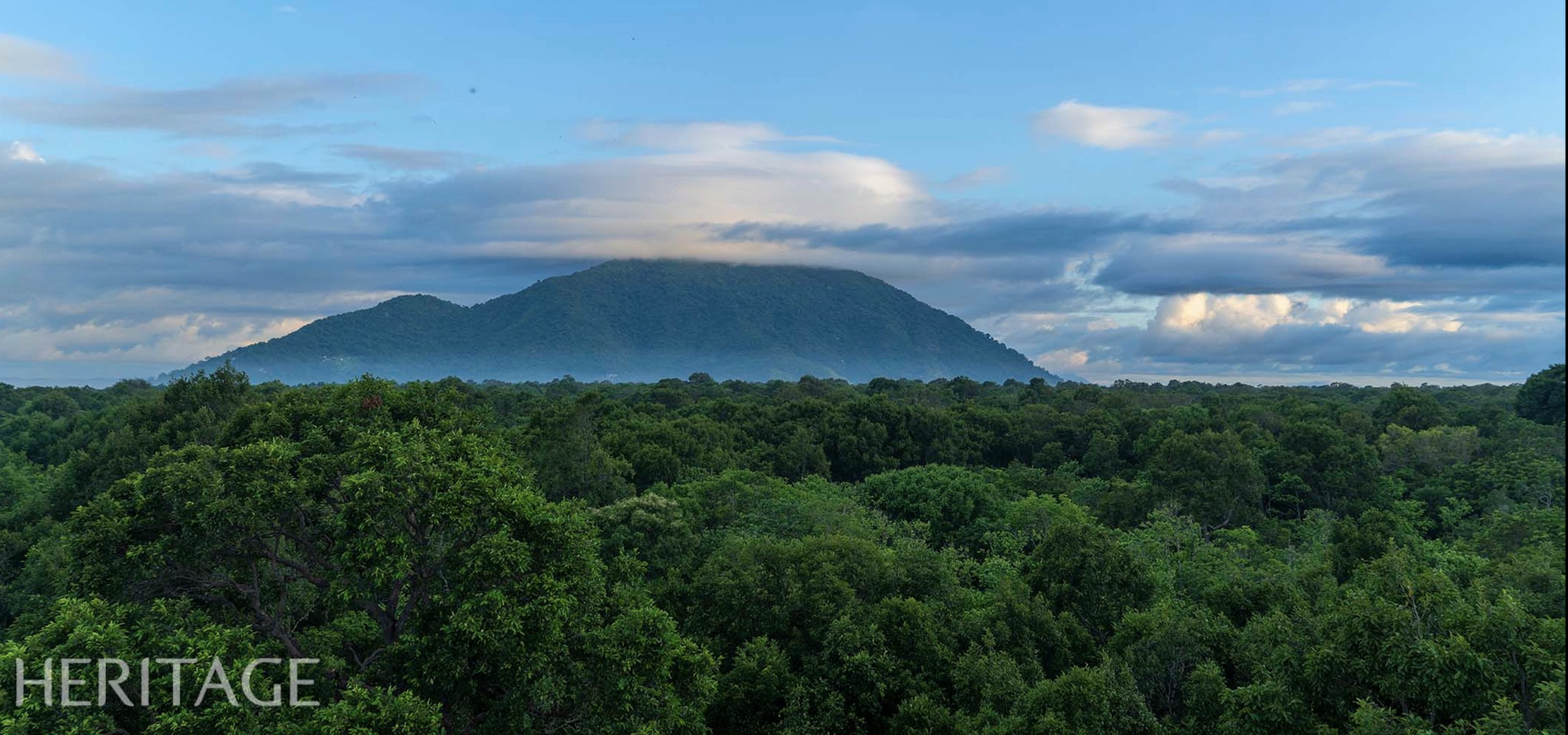
![[Photo] Ministry of Defense sees off relief forces to the airport to Myanmar for mission](https://vstatic.vietnam.vn/vietnam/resource/IMAGE/2025/3/30/245629fab9d644fd909ecd67f1749123)


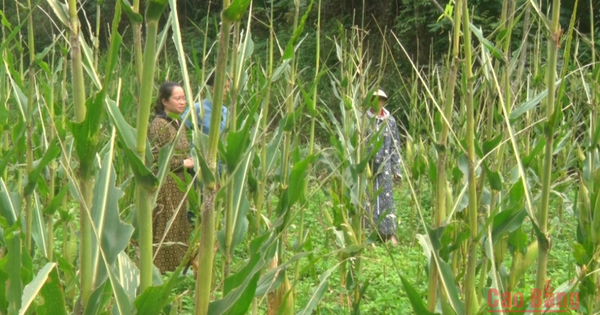

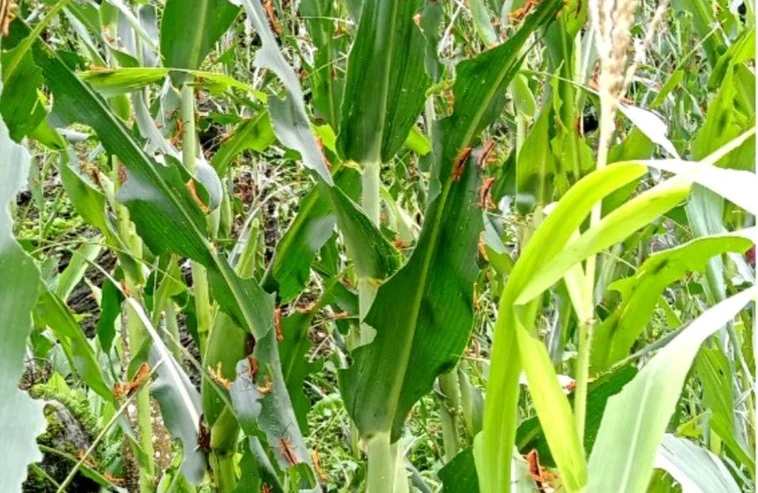

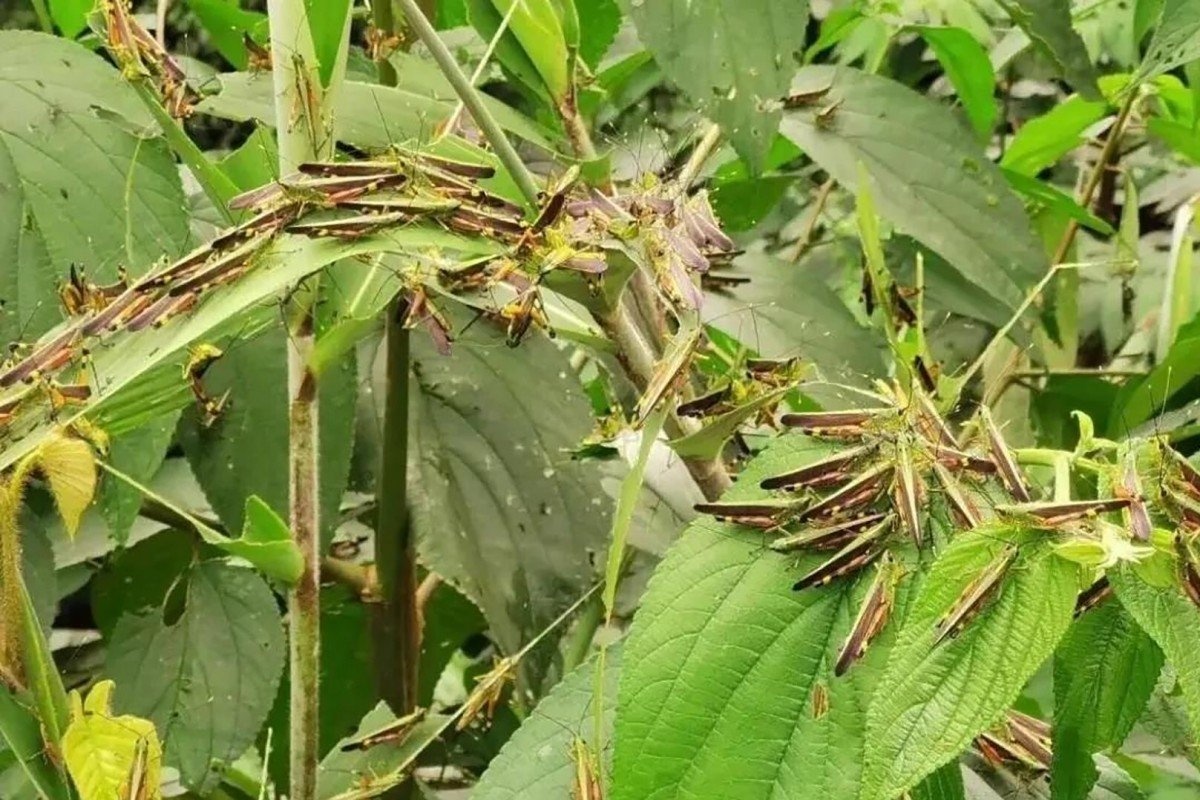

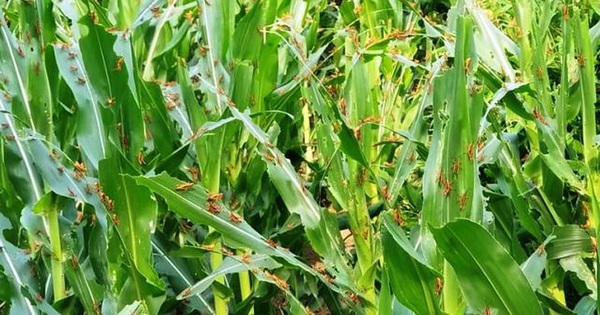


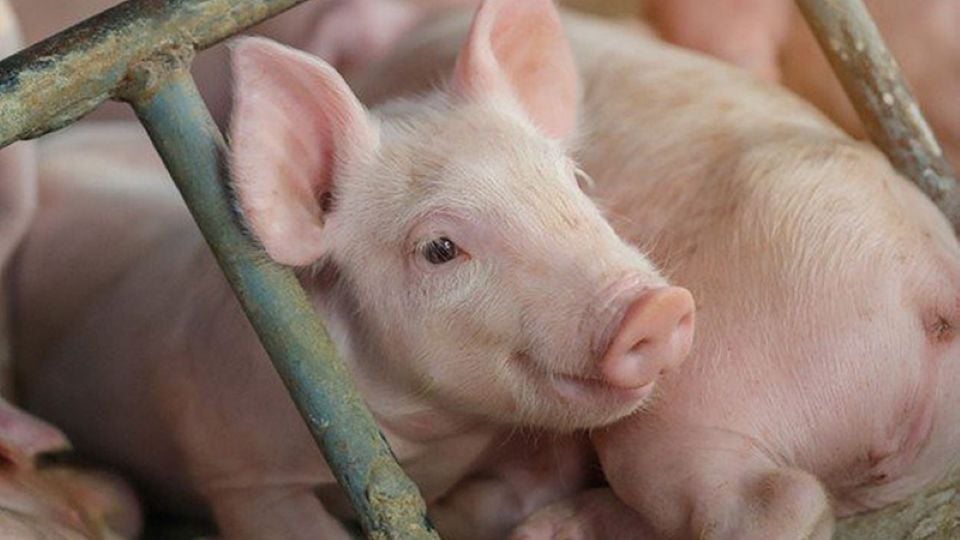









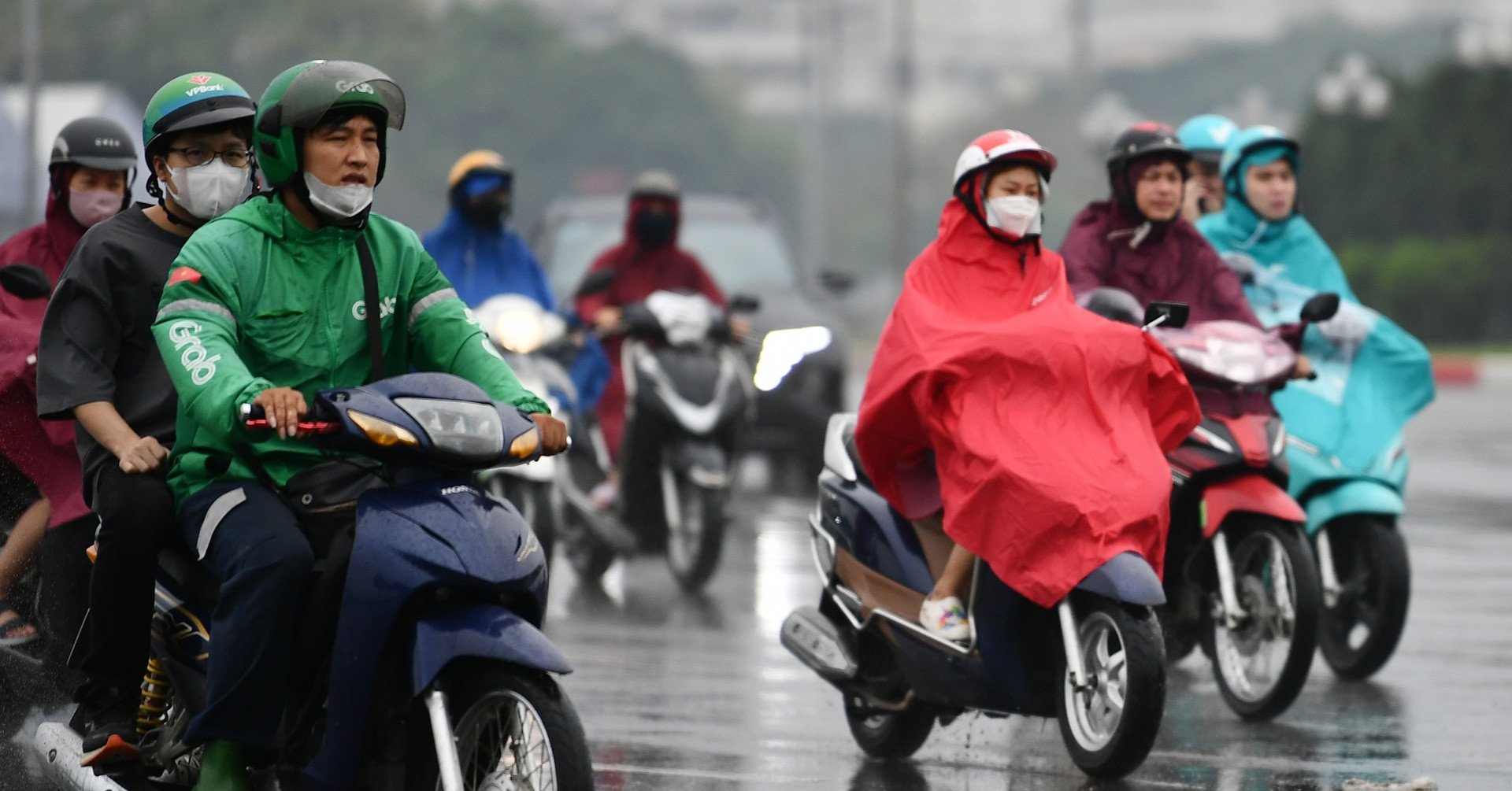

![[Photo] Prime Minister Pham Minh Chinh chairs meeting to remove difficulties for projects](https://vstatic.vietnam.vn/vietnam/resource/IMAGE/2025/3/30/7d354a396d4e4699adc2ccc0d44fbd4f)


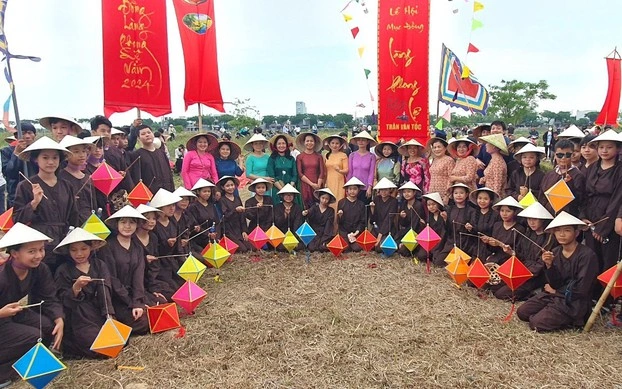
















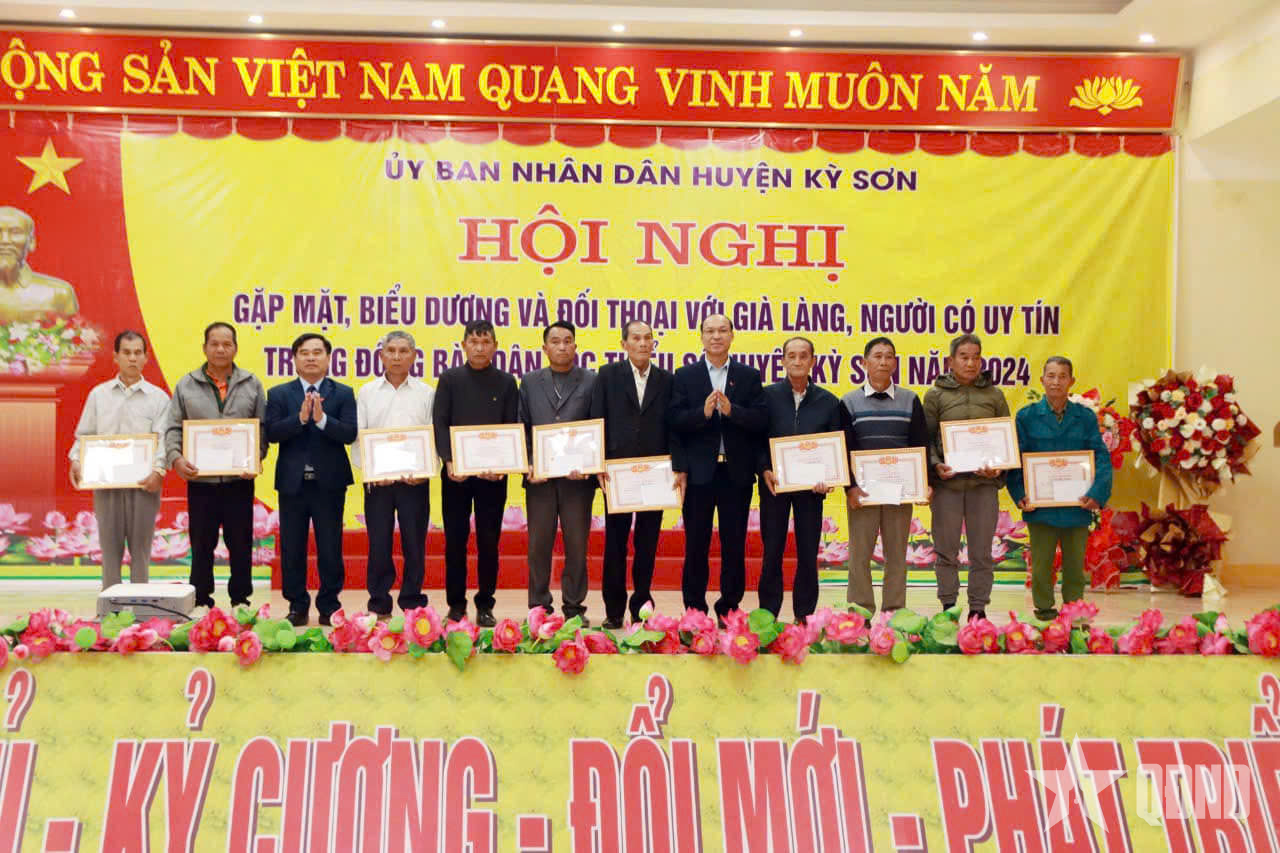



















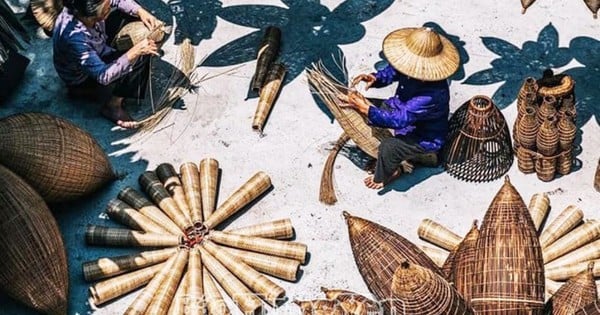












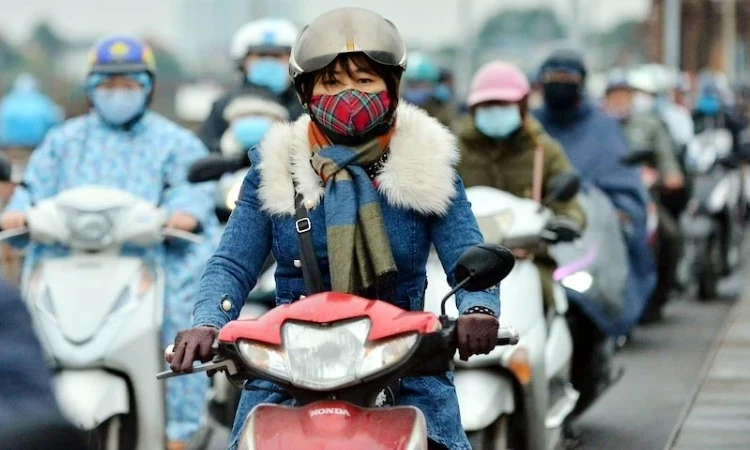











![[REVIEW OCOP] An Lanh Huong Vet Yen Cat](https://vstatic.vietnam.vn/vietnam/resource/IMAGE/2025/3/27/c25032328e9a47be9991d5be7c0cad8c)



Comment (0)